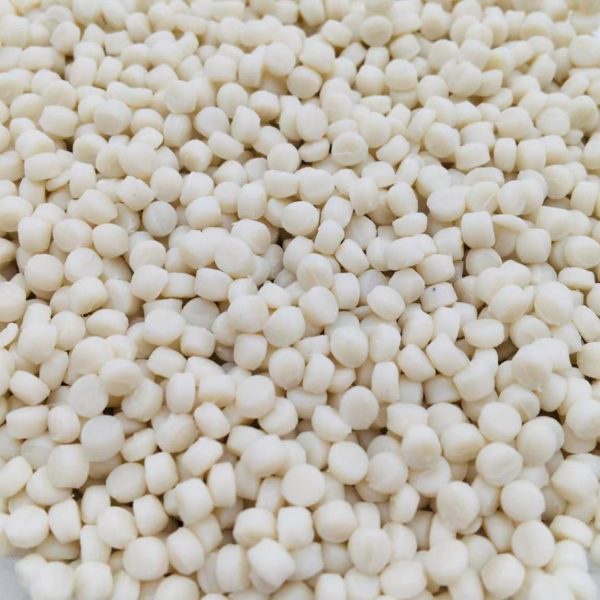Thermoplastic Rubber (TPR) is a synthetic polymer that has become a prevalent choice in the footwear industry due to its durability, flexibility, and cost-effectiveness. However, whether TPR's sole material is environmentally friendly when producing shoes on a global scale remains a topic of debate.
Its production involves using petroleum-based resources, raising concerns about its environmental impact. While TPR offers particular performance and manufacturing efficiency advantages, its overall ecological footprint needs a thorough evaluation. One aspect to consider when assessing the environmental friendliness of TPR sole material is its composition.
TPR is typically made from a mixture of plastic polymers and rubber compounds, both of which are derived from non-renewable resources. The extraction and processing of these materials contribute to carbon emissions and environmental degradation. Additionally, TPR's manufacturing process involves chemical additives and energy-intensive procedures, further exacerbating its ecological impact. These factors raise questions about the sustainability of TPR as a sole material for global shoe production.
What Should Consumers Consider When Purchasing TPR Sole Shoes?
When buying shoes, consumers often have many options, each boasting different features and materials. The sole material plays a crucial role in determining footwear's comfort, durability, and sustainability. Thermoplastic Rubber (TPR) has emerged as a popular choice for shoe soles due to its versatile properties and affordability. However, alongside the sole material, factors such as the use of vegan leather also contribute to the overall value proposition for conscientious consumers.
TPR sole material has gained traction in the footwear industry for several reasons. Firstly, TPR balances flexibility and durability, making it suitable for various shoe types, from athletic sneakers to casual loafers. Its thermoplastic nature allows easy molding and shaping during the manufacturing process, enabling shoe designers to create intricate sole designs that enhance style and functionality. Additionally, TPR soles provide excellent traction, reducing the risk of slips and falls, especially on smooth or wet surfaces. This feature is essential for consumers who prioritize safety in their footwear choices, such as those who frequently engage in outdoor activities or work in demanding environments.
Beyond performance, consumers increasingly consider the environmental impact of their purchasing decisions. In this regard, the use of vegan leather in shoe construction has gained popularity as a cruelty-free and sustainable alternative to traditional animal-derived materials. Leather synthetic or faux leather is typically made from polyurethane (PU) or polyvinyl chloride (PVC) and does not involve animal hides. By opting for shoes made with vegan leather uppers, consumers can align their purchasing choices with their values, supporting ethical and eco-friendly practices in the fashion industry. Moreover, vegan leather often exhibits properties similar to genuine leather, including softness, durability, and water resistance, making it a viable option for environmentally conscious consumers without compromising quality or style.


No comments yet